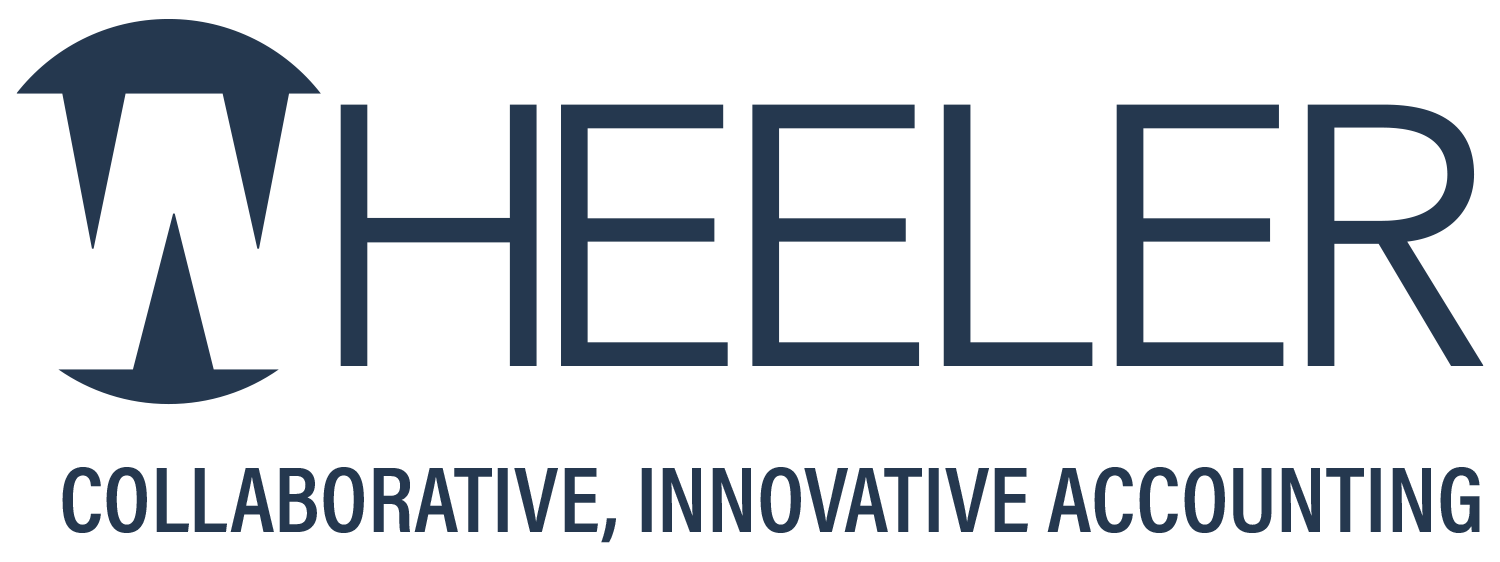On June 11, 2020, the Small Business Administration and the U.S. Department of the Treasury released their latest guidance in the form of Paycheck Protection Program – Revisions to First Interim Final Rule (the Revised Interim Final Rule). This Revised Interim Final Rule amends the SBA’s initial interim final rule posted on April 2, 2020. The changes are to conform with the Paycheck Protection Program Flexibility Act of 2020 (the Flexibility Act) that was signed into law on June 5, 2020.
Key takeaways from the new guidance include:
- Covered Period for PPP Loans:
The definition of “covered period” for a PPP loan is amended to begin on February 15, 2020, and end on December 31, 2020 (originally to end on June 30, 2020). This amendment is effective as of March 27, 2020, and applies to the definition of “covered period” that governs loan use, loan eligibility, and related requirements, however it does not alter the meaning of “covered period” that governs loan forgiveness, which is addressed by a different provision of the Flexibility Act.
- Loan Forgiveness Covered Period:
The 24-week loan forgiveness covered period begins on the date of loan disbursement. All loans made on or after June 5, 2020, will have a 24-week loan forgiveness covered period. Borrowers who received their PPP loan before June 5, 2020, will have the option of the original eight-week covered period in the CARES Act, or may use the newly enacted 24-week covered period.
- Payroll Costs as a Percentage of Loan Proceeds:
The guidance states that a maximum of 40% of the loan may be used for non-payroll costs. The guidance provides that, in situations where less than 60% of the loan proceeds are used for payroll costs, the borrower will only receive partial forgiveness. This ensures that 60% of the forgiven amount is used for payroll costs.
The regulations provide an example of a borrower who received a PPP loan in the amount of $100,000, but who only spent $54,000 on payroll costs. The borrower would receive a maximum of $90,000 ($54,000/60%) of loan forgiveness, with $54,000 in payroll costs constituting 60% of the forgiveness amount, and $36,000 in non-payroll costs constituting 40% of the forgiveness amount.
- Deferral Period:
For borrowers who submit their loan forgiveness application within 10 months after the end of the covered period, no payment of principal or interest is due until the SBA remits the forgiven amount to the lender (or informs the lender that no loan forgiveness is allowed).
If the borrower does not submit a forgiveness application within 10 months after the end of the covered period, the borrower must begin making payments toward principal and interest at the end of that 10-month period.
- Maturity Date:
For loans made before June 5, 2020, the loan matures in two years, however the borrower and lender may mutually agree to extend the maturity to five years (talk to your lender about options). Loans made on or after June 5, 2020, will have a five-year maturity date.
- Borrower Certifications:
When applying, borrowers will continue to make certifications including among other things that funds received will be used to “retain workers and maintain payroll,” but also importantly that they understand that “knowingly” using funds for unauthorized purposes may mean the federal government will hold the borrower liable “such as for charges of fraud.”
This recent guidance only addresses a few key items that the SBA and Treasury needed to immediately address. As we continue to see with PPP loan guidance, there is still much more to come. Below is a constant question that we have been receiving since the PPP Flexibility Act was signed into law on June 5, 2020:
Q: Now that the covered period is 24 weeks, will the $100,000 cap be changed as it currently only allows for $15,385 per individual?
A: The law seems to be indicating that the salary amount is to be prorated for the covered period. Since the covered period under the PPP Flexibility Act is extended from 8 weeks to 24 weeks, we believe the new cap on salaries should increase from $15,385 to $46,155. This will have to be clarified by the SBA in the next version of the application, so we will need to wait until then to make any final determinations.
